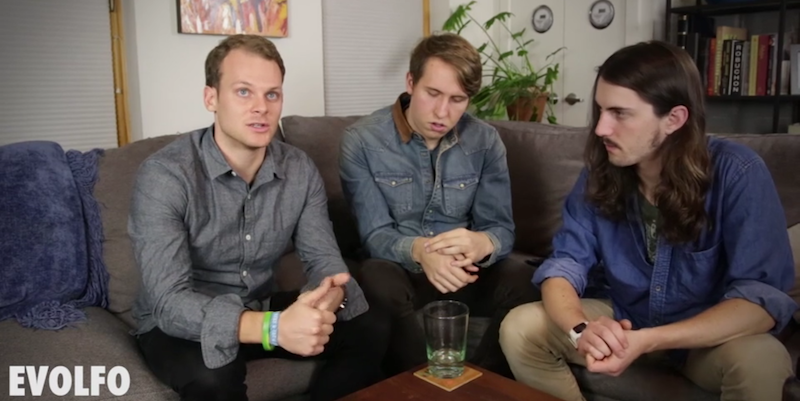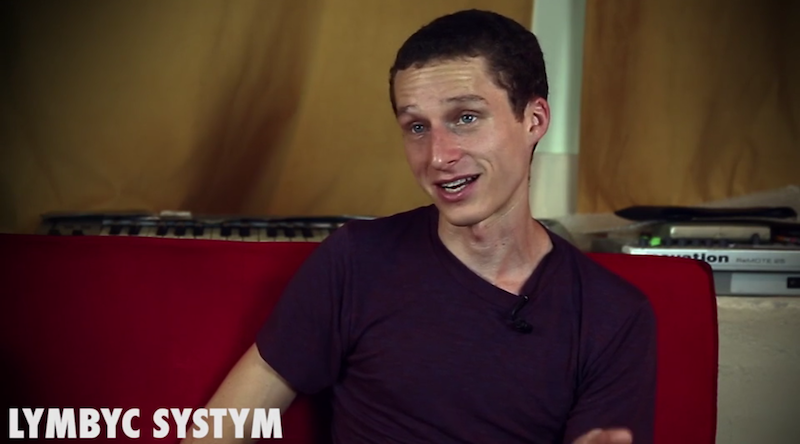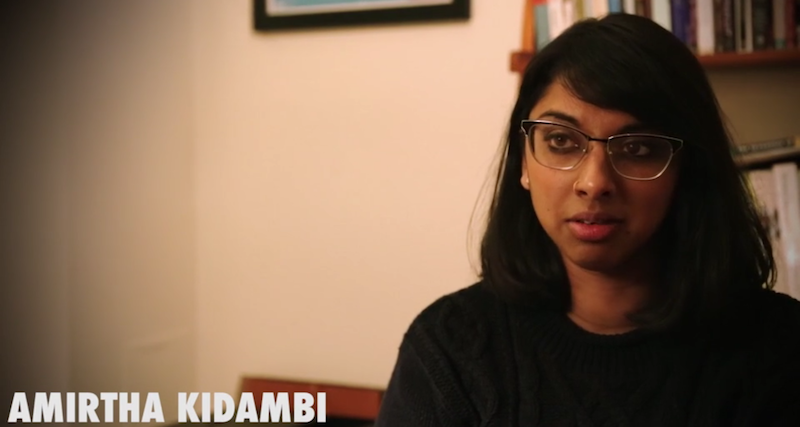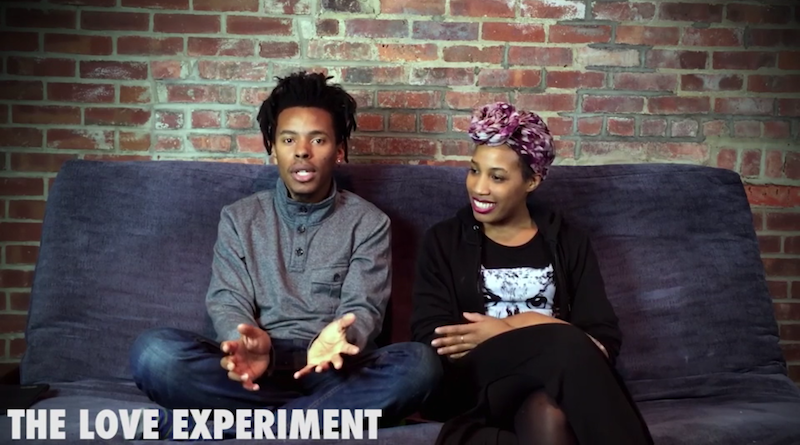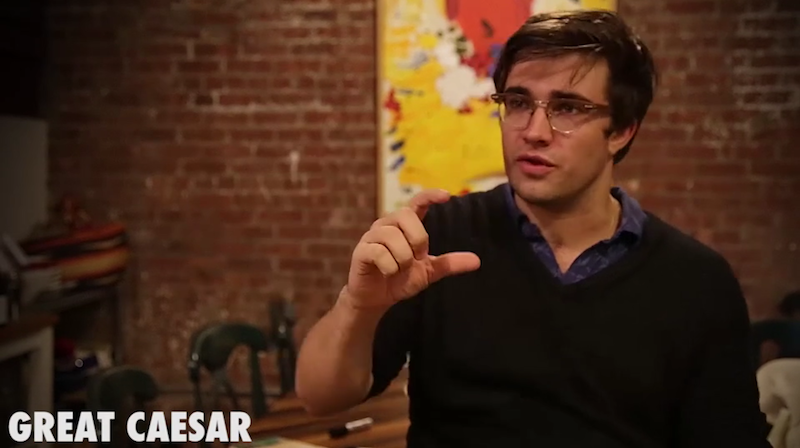An unprecedented group of 18 music industry organizations, as well as 400 songwriters, artists, […]
Artist Updates: Kimberly Perry, Thomas Rhett, Alabama, Maddie & Tae
The Band Perry’s Kimberly Perry will be a co-host of E! News’ red carpet coverage of the ACM Awards […]
Taylor Swift falls on her face in new Apple Music advertisement
The singer shows off her rapping skills as she tries to work out.
Gwen Stefani jokes: ‘I’m pregnant!’
The singer pokes fun at tabloid headlines about her Blake Shelton romance with a cheeky Instagram snap on April Fools’ Day.
Cole Swindell’s Debut Album Certified Platinum By RIAA
Cole Swindell’s self-titled debut album has earned platinum certification from the RIAA. […]
The Lumineers Confirmed For Americana Fest Kickoff Event
The Lumineers will perform at Ascend Amphitheater in downtown Nashville on Tues., Sept. 20 […]
Zayn tops UK album chart
Following on from ZAYN’s smash hit debut single ‘Pillowtalk’, which was the fastest selling single of 2016 in the UK week of release
Attracting An Audience In A New City
Getting people to come out to a show can be hard enough, but doing so in a city in which you’ve never played can seem next to impossible. Here Jeremy Young speaks with several different bands about the best way to get the word out when playing a new location for the first time.
____________________________
Guest Post by Mahea Lee on Soundfly’s Flypaper
Playing in a new town can be intimidating, particularly for those of us who have yet to become household names. Luckily, Jeremy Young sat down with a host of great bands to find out how they go about attracting audiences for our (free!) course, Touring on a Shoestring. Here are some of the things they had to say:
1. Contact local blogs and radio stations.
A few of of the guys from Evolfo recommended contacting every radio station and blog in the area ahead of time… Every. Last. One.
2. Find the right promoter.
Jared Bell from Lymbyc Systym stressed the importance of getting hooked up with a good promoter. And not just a good promoter, but the right promoter for your band and style of music. Research who similar bands have used when touring through each town on your route.
3. Explore the local music discovery sources.
Amirtha Kidambi encouraged us to investigate where people in each city go to look for shows. Think outside the box! It might be the local radio station, or it could be someone’s killer personal email list, a private Facebook group, or a really trusted coffee shop bulletin board. Use social media to ask locals how they discover touring bands in their area.
4. Partner up with local acts.
Charles Burchell and Kim Mayo from The Love Experiment recommended reaching out to bands from the area in hopes that they might be willing to share the bill and bring their fanbase. If you’ve got a venue booked already, local acts will often jump at the chance to play a show they don’t have to do any of the legwork to book!
5. Consider unconventional venues.
Great Caesar’s John-Michael Parker recommended trying to play some non-traditional venues in between gigs. If you have a show in the evening, don’t waste the whole day — reach out to a local high school, corporate office, park, library, or bookstore and ask about playing a daytime show. It may even help you drum up an audience for your late night gig! Great Caesar played a show at the Google campus one afternoon to help bring people out to their gig that night in San Francisco. You’re going on tour to play music, why not try and fit in all the shows you can!
As Jeremy points out, touring is an investment into the future of your band. Even if you don’t sell out your first show in a new city, if you give it your all and put on a good show, the small audience will remember you. And the next time you come through town, you’ll have a group of fans there already who will bring their friends.
If you have any additional tips, tricks, and ideas, please share them in the comments and if you’d like to learn more about DIY touring, check out our FREE course, Touring on a Shoestring.
Cirque Du Soleil Sues Justin Timberlake Over Song Sample
According to the Daily Mail, Cirque Du Soleil has filed a lawsuit against Justin Timberlake claiming that the singer used a sample on the Don’t Hold The Wall song without permission.
The lawsuit was filed yesterday (March 31st) in federal court in New York. The suit claims that Justin Timberlake, along with producer Timbaland and Sony Music Entertainment are liable for the unauthorized use of a sample on the track, “The Don’t Hold the Wall”. The song appears on Timberlake’s 20/20 album, and the lawsuit alleges the song lifted the clip from Cirque Du Soleil’s song, “Steel Dream”.
The song that they claim Justin Timberlake ‘stole’ from was part of an album that sold more than 2 million copies, and as a result of alleged copyright infringement, Cirque Du Soleil is seeking $800,000 in damages.
The lawsuit comes after a string of high-profile copyright infringement cases. Last year, Marvin Gaye’s family sued Pharrell Williams and Robin Thicke for ‘copying’ Gaye’s Got To Give It Up song in their hit song Blurred Lines. Marvin Gaye’s family won the $7.4 million lawsuit as the judge found significant similarities between the two.
Pharrell fired back after the verdict of the case, saying that these type of cases ”handicaps any creator out there who is making something that might be inspired by something else… If we lose our freedom to be inspired we’re going to look up one day and the entertainment industry as we know it will be frozen in litigation.”
In some respects this is true, everything is inspired by something that already exists. But, we need to draw the line between inspirational works and works that are simply copied without the correct permissions. Also, in the case where an actual sample is used without the permission of the content owner it’s a more clear-cut case of infringement as opposed to a case where two songs have similar sounds or chords.
(Image by J Vettorino, Creative Commons, Attribution 2.0 Generic, cc by 2.0)
The post Cirque Du Soleil Sues Justin Timberlake Over Song Sample appeared first on Digital Music News.
What Spotify’s Debt Means For Artists And Labels
Recent reports that Spotify has raised its convertible debt has far reaching and ominous implications, both for where the company is headed, and how this direction will effect the artists and labels associated with it.
_________________________________
Guest Post by Chris Castle on Music Tech Solutions
The Wall Street Journal reports that Spotify has raised $1 billion in convertible debt with this telling analysis:
Music-streaming site Spotify AB has raised $1 billion in convertible debt from investors, a deal that extends the money-losing company’s runway but comes with some strict guarantees, people familiar with the matter said.
Private-equity firm TPG, hedge fund Dragoneer Investment Group and clients of Goldman Sachs Group Inc. participated in the deal, which has been signed and is expected to close at the end of this week, these people said.
Tech startups are increasingly turning to convertible debt—bonds that can be exchanged for stock—as investors push back on rich valuations amid a volatile stock market and economic uncertainty.
By raising debt instead of equity, Spotify adds to its war chest without the possibility of setting a lower price for its stock, which can sap momentum and hamper recruiting.
That last paragraph is very telling. As I have warned about before, the main reason for any privately held company to take on convertible debt, particularly large amounts of convertible debt, is to avoid a “down round”, meaning a round of investment at a lower valuation than the previous round. This means the new investors buying in the down round pay a lower price per share, and receive certain rights and preferences that are superior to the rights of the previous rounds’ investors.
The main reason for existing stockholders (like the major labels and Merlin in Spotify’s case) to avoid a down round is to protect the preferences that the prior investors have built into their stock ownership. Those preferences can require the company to issue more shares to protect the percentage ownership of the insiders and key executives, for example, and that can lead to washout financings and recapitalizations to incentivize investors in the down round (who often are not, as one might say, “babies”).
Down rounds are also one indicator that a bubble is about to burst but that investors have not yet capitulated. (Down rounds are a precursor to failed capital calls, which are the real sign of a bubble bursting.) Down rounds were very common in the dot bomb bubble burst.
An example of down round protection would be lowering (or “resetting”) the strike price of a warrant if the company issues securities at a lower price in the future–the down round. In any event, the company must sell more shares than in the previous rounds in order to generate the new investment, so down rounds will almost inevitably dilute existing stockholders even if they give up their preferences.
So why did Spotify raise convertible debt? To avoid a down round, which means that there is a good possibility that the company was told either that their proposed valuation that they wanted to get in their next round of finance was too high or that their last valuation (over $8 billion) was too high.
Convertible debt is secured debt. That means holders of convertible debt will be at the head of the line in a bankruptcy. This is almost certainly going to create a new hierarchy overnight and should start every royalty recipient thinking differently about Spotify because it introduces the concept of preferences in bankruptcy. And if you find yourself thinking that Spotify could never go bankrupt, welcome to bubble mania.
Get what you’re owed out of the company as fast as possible. You are now looking at a senior secured creditor who will almost certainly take the lion’s share of any recovery from a bankrupt Spotify after washing out all the equity the labels gave up in return for discounted royalty rates (which would be Daniel Ek’s last laugh on the music business). I’m using Spotify as an example, but it could be any of them–Pandora also has a large debt financing.
Audit Early and Often: The first thing that should happen is that instead of auditing at the “bankers hours” pace that the industry usually operates at (every three to five years), everyone who is owed royalties by Spotify should conduct a royalty compliance examination every year. The longer you wait, the greater the chance that you will become known as an unsecured creditor. This is true of artists, songwriters, labels, publishers, PROs, the lot. Unions that have any residuals based on streaming? Get in there.
Contractors, Get Your Money: If you’re an independent contractor for Spotify, get your money paid. Don’t wait. Ask any independent contractor for a dot com that’s gone under and they’ll tell you–kiss that delivery payment goodbye after the whip goes down. This especially includes lawyers–you will be the first to go.
Employees, Don’t Count on Bonuses: Employees should take some advice on how protected they are on bonuses or deferred compensation. And of course, your common stock will likely get washed out completely in order to protect the holders of preferred stock.
Settlements and Preferences: Get the money, get the money and be sure you get the money. Consult with bankruptcy counsel to determine whether you are receiving a preference that can be undone in a later bankruptcy filing.
Fiduciary Duties of Officers and Directors: When a company becomes insolvent, there is a point along that path where the primary fiduciary duty of officers and directors shifts from the stockholders to the creditors. Get smart about this.
